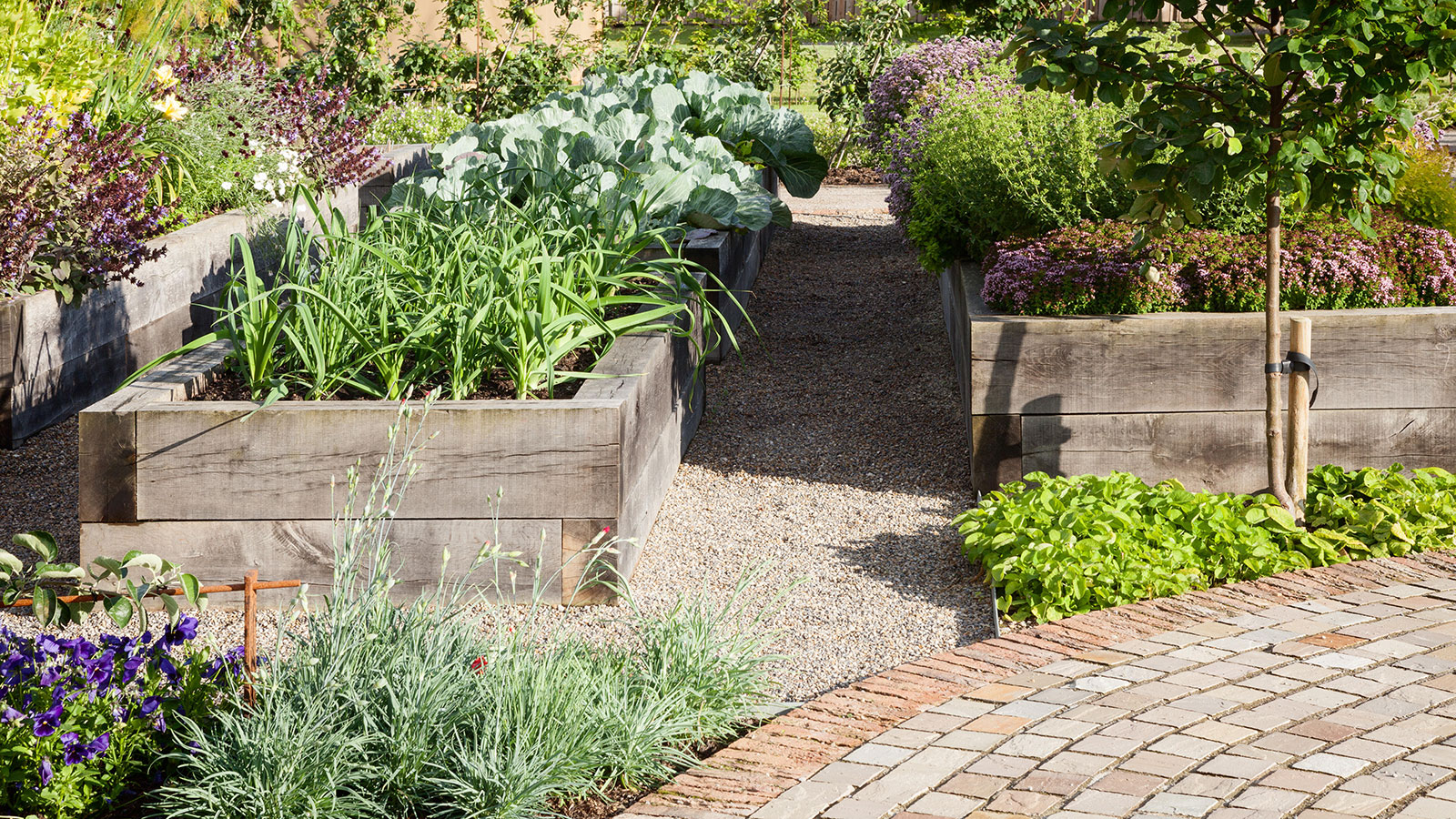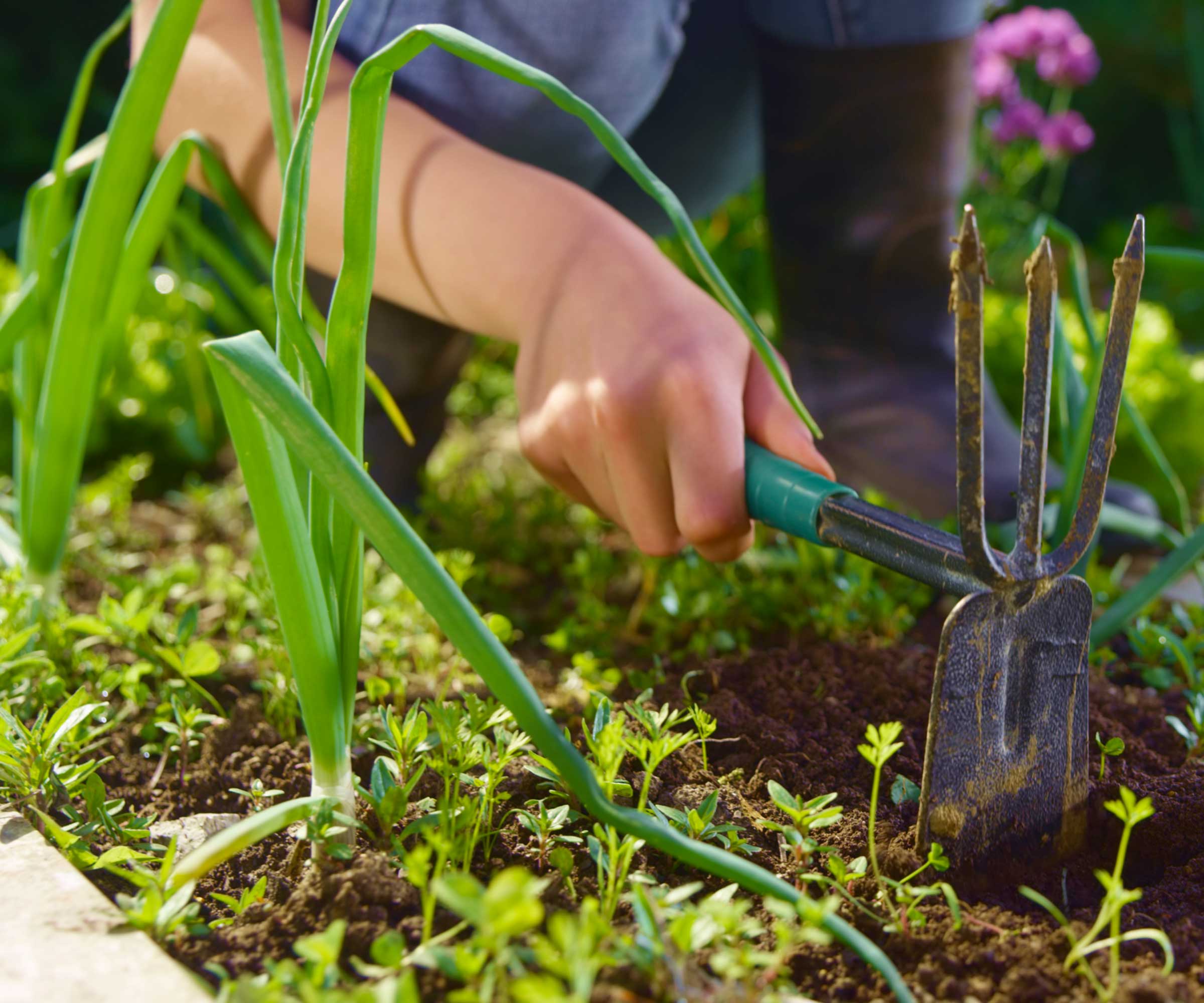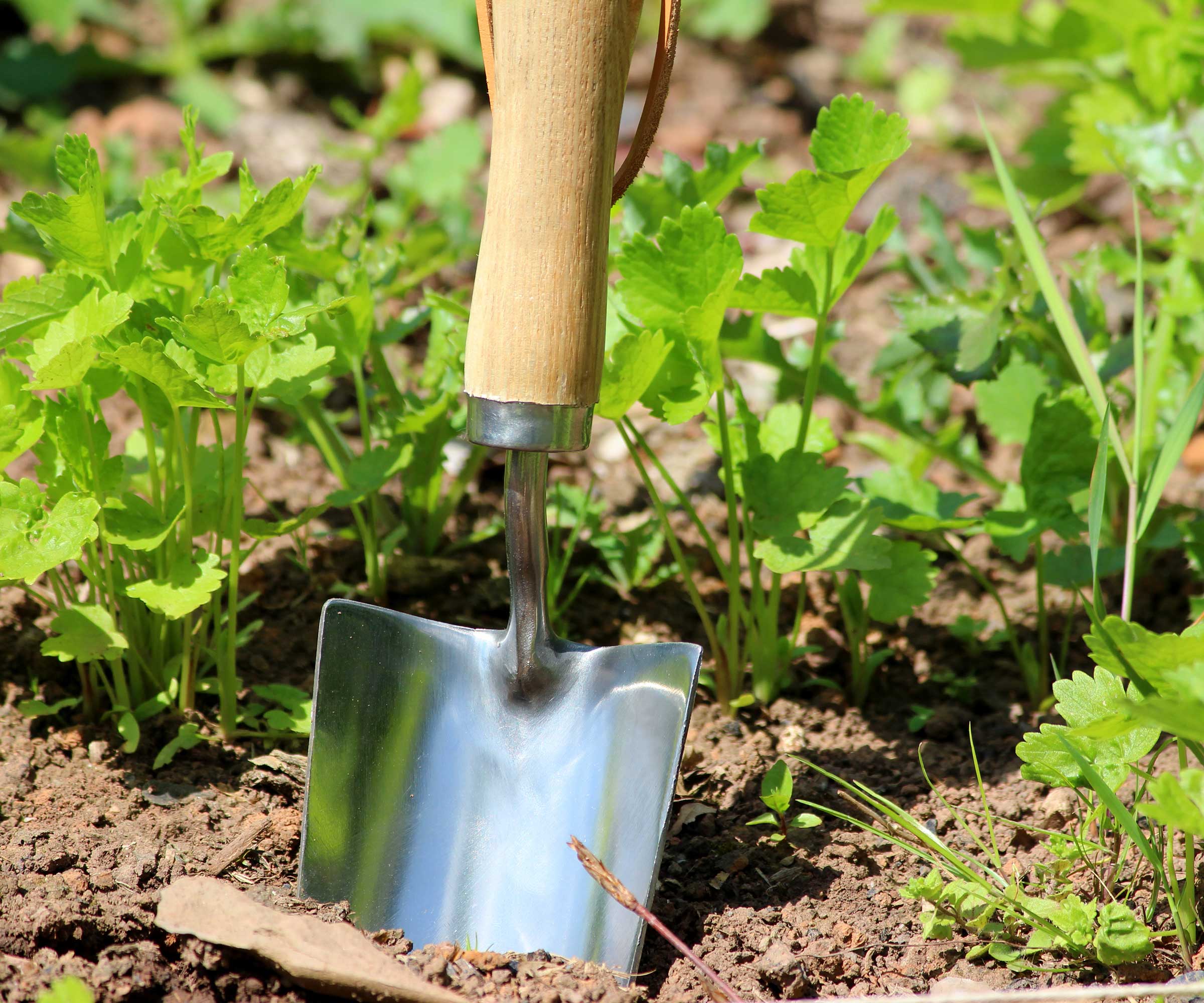
Professional gardeners are among the most in-the-know people when it comes to all things greenery. So if you're looking to make a few amendments to your yard, you're in the right place.
There are certain things the experts never spend their money on, and one thing they all agree on is not using plastic membrane or weed fabric. Switching out your weed barrier fabric for a non-toxic gardening swap that would be both more effective and better for your soil is something pros swear by, as barrier fabric in a lot of cases can be weak and a waste of your time and money.
Here, with expert input, we delve into why weed barrier fabric is almost always not a worthwhile investment as well as what to use instead.
What is weed barrier fabric?

Weed barrier fabric, also known as weed membrane or landscape cloth, is a sheet of plastic-based material that's woven or spun, designed to lay flat in a plant bed. Its main function is to suppress and get rid of weeds by preventing them from being able to sprout.
As Jessica Mercer, plant expert at Plant Addicts, explains, 'The idea is that the fabric lets water pass through, blocks sunlight, and prevents weeds from germinating. The sheet is laid on the soil before mulch or gravel.'
Though it can be useful initially, many plant pros believe weed fabric isn't a worthwhile investment for your yard or raised garden bed ideas unless it's a top-end variety that's regularly monitored for weeds that still manage to grow.
Why is weed fabric not a worthwhile investment?

Unless you're investing in high end weed fabric like this weed barrier landscape fabric from Amazon, it's going to be a waste of your time, effort and money. And even at that, for the amount of money you would need to spend on the good stuff, you can use cheaper eco-friendly alternatives to kill weeds, not plants.
Siobhan Shaw, co-founder of Growing to Give, says, 'Cheap versions tear easily, trap heat, smell like chemicals, and break down quickly. If it doesn’t feel durable or breathable, skip it.'
Laura Janney, CEO of The Inspired Garden Masterclass, agrees, and delves more deeply into the common problems people face with weed barrier fabric. 'Weed fabric can give a false sense of security that leads to bigger problems later on, as the weeds will still keep wanting to grow and the problem has been masked as opposed to tackled. It might help at first, but long-term, it does not solve the problem. It just delays it, leading to weeding mistakes. When the weeds do grow through, it will be harder to control them than if you had stayed on top of weeding regularly.'
Not only is landscape fabric dubious in its efficacity, it often contain microplastics from polypropylene, which over time could leach into your soil. Luckily, there are lots of better, and more eco-friendly, alternatives to consider using instead.
What do gardening pros suggest using instead?

A safer method to suppress weeds when it comes to the long term health of your soil is to cover the top of the problem area with a quality natural mulch or wood chips, and using fast-growing ground cover plants. Doing this will be beneficial for the soil, helping your plants to remain healthy, and help to combat your weeds.
You can also switch to using natural burlap fabric, or eco-friendly rolls of coconut coir, to line beds and hanging baskets.
Reese L. Robbins, creator of Just Pure Gardening, says, 'Adding a thick layer of mulch (like bark chips, composted wood, or straw) suppresses weeds while feeding the soil and breaking down over time. Planting ground cover plants such as creeping thyme, clover, or low-growing sedums can also smother weeds naturally while adding beauty and biodiversity.'
To implement the mulch hack and keep weeds out of flower beds, Reese suggests applying a two to four inch layer directly onto freshly weeded soil, and to top the mulch up once or twice a year as it naturally begins to break down.
First, weed your garden quickly. Then, consider using these natural cedar shavings from Amazon, or straw mulch also available on Amazon to create your mulch layer.
If you're looking for more interesting, eco-friendly switches to help cull your weed count, we recommend looking into using cardboard for weed control. If done correctly, using several thick, ink-free layers, it can be an effective way to manage your garden.







